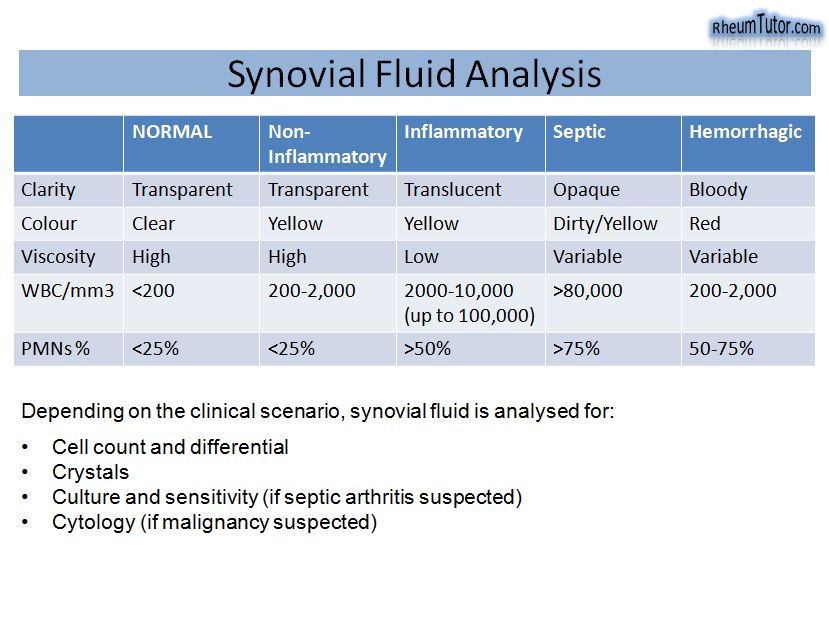


4 Serological markers of infection, such as CRP and ESR, have been widely used as screening tests for PJI, due to the ease by which they can be obtained, their low cost, and relatively high sensitivity. However, diagnosis is becoming increasingly challenging due to the increased incidence of polymicrobial infections and PJIs due to biofilm-producing bacteria and slow-growing, fastidious organisms. Microscopy, culture, and sensitivity remain the gold standard for identification of infecting organisms in both septic arthritis and PJI. It provides important diagnostic information, critical information for identifying the likely source of infection, and identification of antibiotic resistance and sensitivity that facilitates appropriately targeted antibiotic therapy. Therefore, rapid identification of bacterial species in synovial fluid (SF) is important for several reasons. Joint infections can also lead to systemic sepsis, resulting in increased patient morbidity and a risk to life. 2 Infection in the native joint is also problematic and, left untreated, can lead to irreversible degenerative changes in the joint. Combining the peripheral blood tests with the synovial fluid cell count and differential can improve their diagnostic value.Periprosthetic joint infection (PJI) is one of the most devastating complications of joint arthroplasty, affecting between 0.7% and 2.4% of arthroplasty patients, 1 and remains the commonest indication for revision arthroplasty. The present study identified cutoff values for the leukocyte count (>1100 cells/10(-3)cm(3)) and neutrophil percentage (>64%) that can be used to diagnose infection. The synovial fluid leukocyte count and differential are useful adjuncts to the erythrocyte sedimentation rate and the C-reactive protein level in the preoperative workup of infection at the site of a total knee arthroplasty. Similarly, when both the neutrophil percentage and the C-reactive protein level were less than the cutoff values of 64% and 10 mg/L, respectively, the presence of periprosthetic infection was very unlikely. When both tests yielded results below their cutoff values, the negative predictive value of the combination increased to 98.2% (95% confidence interval, 95.5% to 99.5%), whereas when both tests yielded results greater than their cutoff values, infection was confirmed in 98.6% (95% confidence interval, 94.9% to 99.8%) of the cases in our cohort. The cutoff values for optimal accuracy in the diagnosis of infection were >1100 cells/10(-3)cm(3) for the fluid leukocyte count and >64% for the neutrophil differential. The erythrocyte sedimentation rate and C-reactive protein level cutoff values of 30 mm/hr and 10 mg/L, respectively, were combined with the cutoff values for the fluid leukocyte count and neutrophil percentage. The sensitivity, specificity, and predictive values were calculated for those cutoff values. Using receiver operating characteristic curves, we determined cutoff values for the fluid leukocyte count and neutrophil differential with an optimal balance of sensitivity and specificity for the diagnosis of periprosthetic infection. We analyzed synovial fluid that had been aspirated preoperatively from 429 knees that had undergone revision arthroplasty at three different academic institutions 161 knees were found to be infected, and 268 knees were not. We sought to identify definite cutoff values for both the fluid leukocyte count and the neutrophil percentage that may help to diagnose infection at the site of a prosthetic joint.

However, the cutoff values for these tests are not agreed upon. Although there is no absolute diagnostic test for periprosthetic infection, the synovial fluid leukocyte count and neutrophil percentage have been reported to have high sensitivity and specificity.


 0 kommentar(er)
0 kommentar(er)
